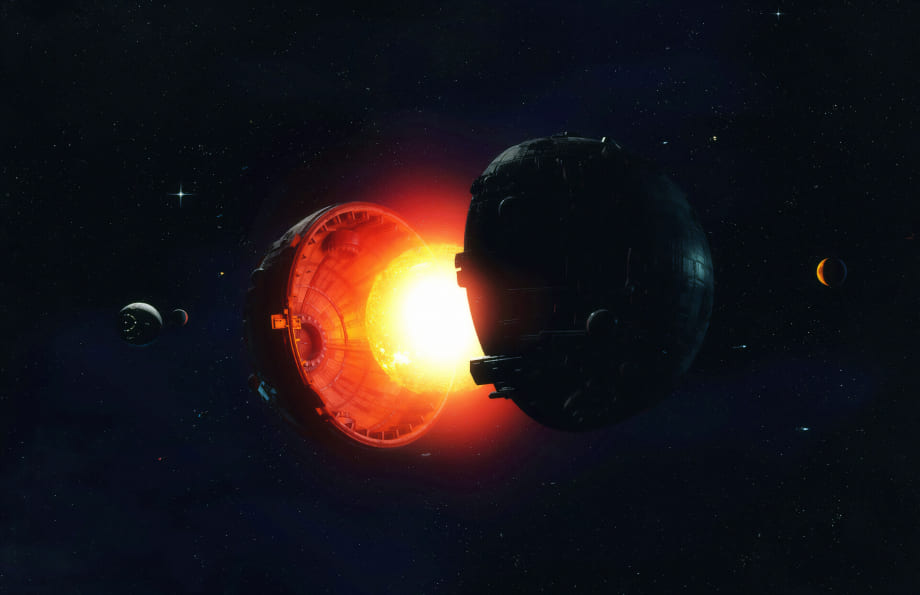We have already talked about orbital settlement projects and a space elevator that a planetary-scale civilization could implement. In the last part of our series, we consider astrostructures which could be built by a civilization that has mastered all the resources of its star system.
Dyson sphere
In the fall of 2015, the previously almost unknown star KIC 8462852 (also known as Tabby’s Star) made headlines around the world. The big news was that the Kepler telescope detected changes in the star’s brightness which corresponded to exoplanet transits. However, the fluctuations in the brightness of Tabby’s Star were non-periodic and, at the same time, differed in different depths. This has led to many different explanations for the phenomenon. But the media attention, of course, fell upon the least likely scenario: that there was a Dyson sphere around the star.
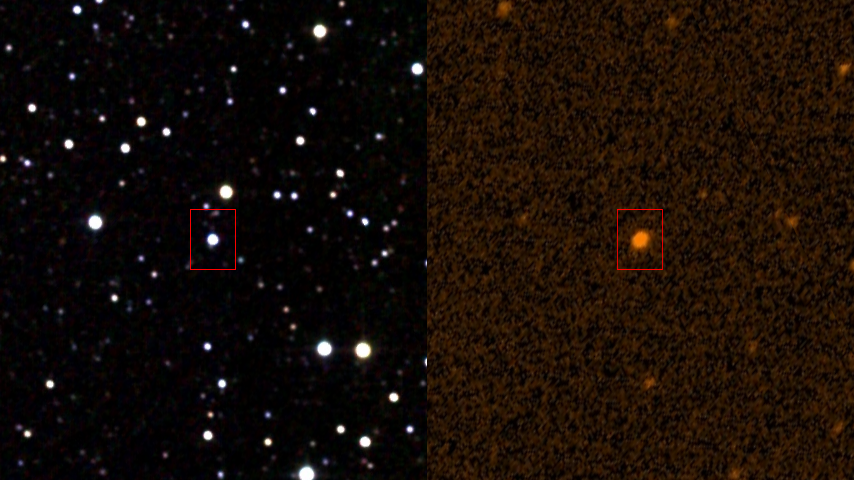
What is a Dyson sphere? In 1960, astrophysicist Freeman Dyson presented a project for a hypothetical structure that an extremely advanced civilization could build around its own star. It is usually represented as a thin-walled sphere with a diameter close to that of the Earth’s orbit. Such a structure could be useful in solving two main tasks: capturing almost all of the star’s energy and expanding habitable areas within a solar system. In addition, a Dyson sphere could explain the “great silence of the universe,” also known as the Fermi paradox. Perhaps all highly developed civilizations have hidden inside such structures and are not particularly interested in what goes on outside.
The concept of a structure of this magnitude instantly captured the imaginations of both scientists and science fiction writers. In subsequent decades, a number of studies were undertaken to assess the practicability of constructing a Dyson sphere. Engineers quickly came to the conclusion that in its classical form, a Dyson sphere would be a very vulnerable structure. Thus, since the centrifugal force reaches its maximum at the equator and is equal to zero at the poles of a rotating body, nothing at the poles of a Dyson sphere would balance the force of attraction of the central star. As a result, the sphere would inevitably be destroyed. Therefore, it cannot be a fully contiguous structure, and must have unbuilt sections near its poles.
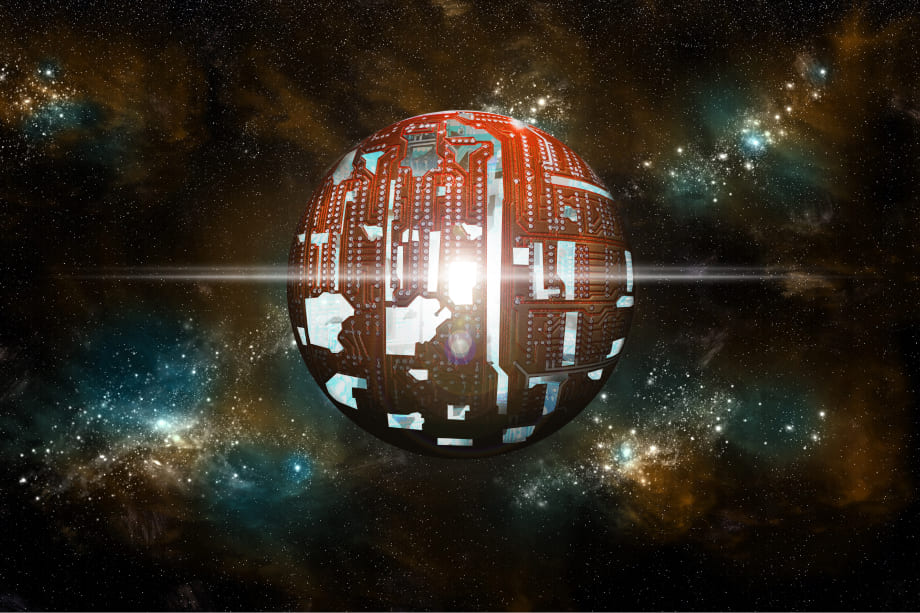
Another obvious problem is the numerous comets, asteroids, and other bodies that would inevitably fly into the sphere and damage it. The sphere must also remain stable and withstand the gravitational pull of other planets, and also not be deformed by stellar radiation. Last, but certainly not least, there is the issue of a Dyson’s sphere gigantic volume. Creating a Dyson sphere around the Sun would require an amount of matter at least comparable to the mass of Jupiter.
All these factors have led modern astronomers to conclude that the possibility of constructing a classical Dyson sphere is extremely unlikely. The only potential exception would be around white dwarfs. Due to their small size and dimness, the radius of the habitable zone in such a system would be orders of magnitude smaller than around a star like our Sun. In turn, this would mean a much smaller Dyson sphere, which would require much less material to create. But creating even this sort of structure would be very difficult. Many white dwarfs are surrounded by belts of debris from destroyed planets, which would significantly complicate the task of space construction in their vicinity.
Dyson swarm
Given the many difficulties involved in creating a Dyson sphere as originally conceived, scientists and futurologists have proposed several more realistic modifications. One of them involves the creation of a rigid ring of relatively small diameter along a star’s equator. A classic example of such a structure is presented in the famous Larry Niven novel, Ringworld.
However, while building a Dyson ring is certainly a simpler task than building a sphere, this structure would still suffer from some of the original’s drawbacks, including stability issues and the need to find some way of eliminating the threat of asteroids and comets.
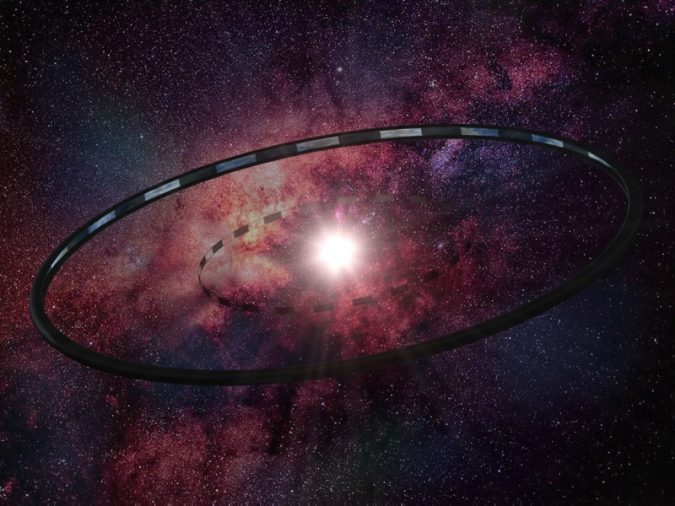
Therefore, the idea of the so-called Dyson swarm has recently gained popularity. The authors of this concept propose to build many separate space stations instead of creating a single colossal structure. Their orbits will be consistent with each other, as a result of which they will form a very dense but not solid sphere.
From a technical point of view, the creation of this swarm would be much easier than the construction of a solid structure. Its construction could take place gradually, with the number of elements increasing over time. The construction itself would be carried out by robots operating autonomously, and the transmission of the energy collected would be carried out wirelessly.
However, it is worth noting that not all scientists agree that even if a civilization were to reach the technological level required to build astrostructures on such a scale, it would actually go through with it. The use of hydrogen from gas giants in thermonuclear fusion is seen as a more efficient way to obtain energy than building a shell around a star to collect its light. Calculations show that Jupiter’s energy reserves would be enough to sustain a civilization capable of implementing such a project for 300 million years.

The idea of using a Dyson sphere as a source of living space also raises doubts. If an uncontrollably growing civilization were to grow so big that the surfaces of celestial bodies were no longer big enough for them, it would most likely exhaust all the system’s resources and die long before the creation of a Dyson sphere was completed.
But, despite all this, the search for traces of Dyson spheres (or similar structures) is one of the priorities of many SETI (Search for Extraterrestrial Intelligence) projects. On the other hand, they so far cannot report any special finds. Even in cases where astronomers have managed to find some kind of suspicious object, natural explanations have always been subsequently found. As for the previously-mentioned Tabby Star, subsequent observations also ruled out an alien explanation for fluctuations in its brightness.
Nevertheless, SETI enthusiasts have not lost heart and continue to search. Considering the size of the Universe, we cannot rule out that such structures may indeed be found in its vastness. But it is also possible that no civilization has yet reached the level of development to start creating astrostructures on such a grand scale.
Stellar engines
In some works of science fiction like Francis Karsak’s Fleeing Earth and Liu Cixin’s The Wandering Earth, our planet is threatened by an explosion of the Sun, forcing humanity to pull the Earth away to a safe distance. The most interesting thing is that for all the implausibility of such stories (after all, the Sun cannot physically go supernova), scientists have developed several projects for megastructures that would allow us to move the entire solar system. They are known as stellar engines.
The basic concept of this structure involves the transformation of a star into a giant engine. To do this, engineers would use a mirror of sufficiently large dimensions, the light pressure on which would be balanced by the gravitational attraction of the star. Since the radiation pressure of the star would eventually become asymmetrical (that is, more energy will be radiated in one of the directions), the pressure difference would add thrust, and the star will begin to accelerate towards the sail along with all the planets.
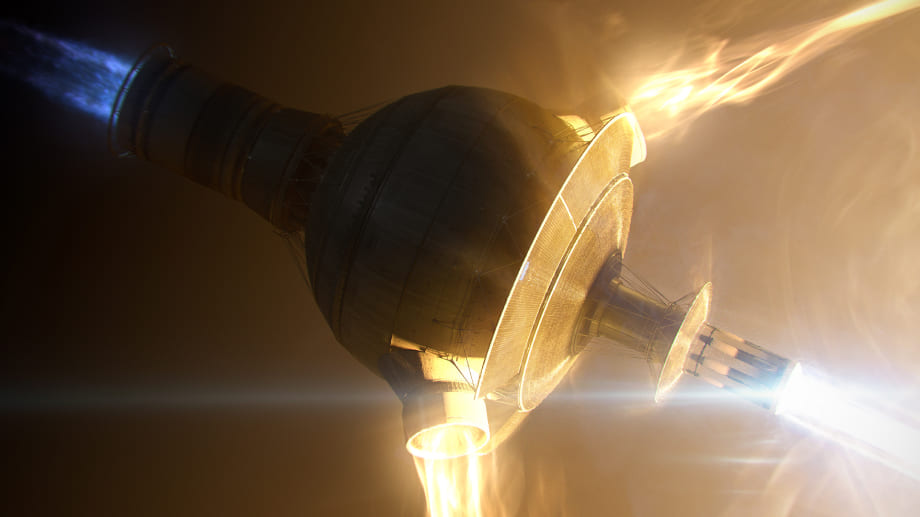
Of course, the thrust and acceleration created by such a sail would be extremely small, but they would ensure the stability of the moving star system. Calculations show that if half of the solar radiation were redirected using such a mirror, it would cause an acceleration of 20 m/s and a displacement of 0.03 light years per million years. Over the course of a billion years, the change in speed would be 20 km / s, and the displacement from the starting position would be 34,000 light years.
Another project for a stellar engine involves using a Dyson sphere whose inner surface is partially mirrored. Thus, a civilization would be able not only to make the most of the energy of its star, but also turn its home star system into a giant spaceship.
Another version of the stellar machine, developed by astrophysicist David Caplan, proposes using mirror-focused radiation from a star to heat regions on its surface to create solar wind streams, which will then be captured by electromagnetic fields and serve as the working fluid for a giant engine that operates as a Bussard ramjet. Caplan’s calculations suggest that this would make it possible to accelerate a star to 200 km / s and cover a distance of 10 parsecs (32.6 light years) in a million years.
Of course, at the moment, such projects appear to be nothing more than amusing thought experiments. But it should be understood that our civilization as a whole is very lucky. Our solar system is located in a fairly quiet region, far from the crowded galactic center, where it is almost not at all threatened by catastrophic events such as supernova explosions or encounters with other stars. If there are other civilizations in the universe, it is very likely that some of them are not so fortunate. In this case, their inhabitants might well be interested in the concept of a stellar engine and might build one in order to move their system to a safer corner of their galaxy. And since our Sun also does not stand still, but rather revolves around the center of the Milky Way and is in a constantly-changing environment, it is possible that one day the concept of a stellar machine could prove useful to humanity.

